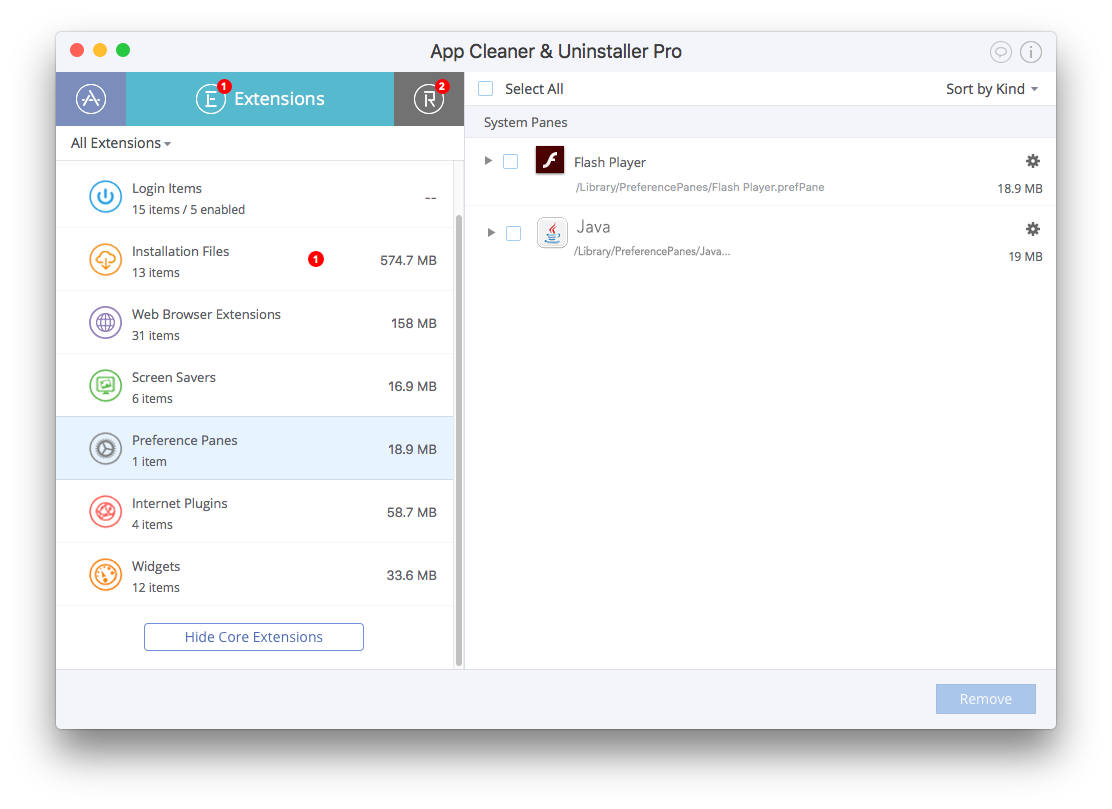
Do keep in mind that ClickToPlugin will not block all Java content since it cannot block specific "applet" tags so perhaps it should not be relied upon to manage Java in Safari, but it can be used to block other plugins until you specifically need them. Also, you can customize a whitelist of sites that are automatically allowed to work.

The benefit here is instead runnng of the blocked content, you'll receive a notification that you can click to quickly allow it to run.

Therefore, one option is to instead use a plug-in manager such as ClickToPlugin that may block Java and other plugins like Flash. Drag the icon of the program you want to uninstall to the Trash. Open the Applications folder, which youll find by opening a new window in the Finder (icon with a blue face), or clicking on the hard disk icon. While disabling the Java plug-in is perhaps best, if you regularly visit Web sites that require Java, then doing this can be a burden to your work flow. Most of the time, uninstalling is this simple: Exit the program you want to delete. To do this, in the same Security section of the Java control panel, you can drag the security level slider to High, which allows only signed programs to run, or Very High, which requires approval for all code.īeyond Java's built-in security measures, you can also use some third-party tools to help prevent malicious Java applets from running on your system.
#Mac uninstall apple java code
Similar to Apple's Gatekeeper feature in Mountain Lion, which can restrict running applications to signed code or apps specifically from the Mac App Store, Java's security levels can require that you approve any unsigned applications or even approve all code regardless of its signature. The second option is the use of security levels in determining which Java code is allowed to run. Delete the directory of the Azul Zulu version you want to uninstall.
#Mac uninstall apple java password
If you’re asked for a username and password, enter the username and password for an administrator account on your Mac. Open Finder and navigate to /Library/Java/JavaVirtualMachines/. Select the app and press Command-Delete on your keyboard. The uninstall Homebrew package command looks like this: brew uninstall packageName The remove Homebrew package command looks like this: brew remove packageName As you may have guessed by now, the remove and uninstall commands are exactly the same, and get the same result the removal of the Homebrew package. Select the app and choose File > Move to Bin from the menu bar. You can then use Terminal to remove Java by typing the following in Terminal: sudo rm -fr /Library/Internet Plug-Ins/ugin and press Enter sudo rm -fr /Library/. When ClickToPlugin is enabled, your plug-in content is shown like this, and only is active if you explicitly click it. Or choose Go > Applications from the menu bar in the Finder. Most Mac applications are self-contained items that don’t mess with the rest of your system.


 0 kommentar(er)
0 kommentar(er)
